The Air Force is divided into enlisted airmen (with ranks E-1 to E-9) and commissioned officers (O-1 to O-10). Each rank reflects level of responsibility, leadership authority, pay grade and eligibility for promotion.
The Air Force rank structure splits into two main groups: enlisted airmen and commissioned officers.
Enlisted airmen (E-1 to E-9) handle most of the hands-on work — technical jobs, admin tasks and running day-to-day operations. As they move up, especially into the NCO and senior NCO ranks, they take on more leadership and mentoring roles.
Commissioned officers (O-1 to O-10) plan missions, make big-picture decisions and command units. Officers come in through ROTC, Officer Training School or the Air Force Academy.
Jump to:
Air Force Enlisted Ranks
Enlisted airmen make up the majority of the Air Force and are the backbone of its operations. They perform technical, operational and support roles and can progress into leadership and supervisory positions as they move up the ranks.
Enlisted Air Force ranks are categorized into three levels: airmen (E-1 through E-4), noncommissioned officers (E-5 and E-6) and senior noncommissioned officers (E-7 through E-9).
The Air Force is the only one of the five branches of the U.S. military where NCO status is achieved at the grade of E-5. As with the Army, some personnel can enlist at an advanced rank if they have college credits or have participated in Junior ROTC. The highest advanced rank one can enlist under these programs is airman first class (E-3).
Air Force Ranks: Airman (E-1 Through E-4)
Airman Basic (E-1)
Most airmen graduate basic military training with the rank of airman basic (E-1). An airman basic is an apprentice who is acquiring and demonstrating knowledge of military customs, courtesies, traditions and Air Force standards while learning military and technical skills.
Under normal conditions, promotions to E-2 are automatic as long as the Air Force's standards for performance and behavior are met. The only requirement for advancement is six months' time in grade (TIG) and time in service (TIS). While still primarily an apprentice, an airman is expected to understand and conform to military standards.
Airman (E-2)
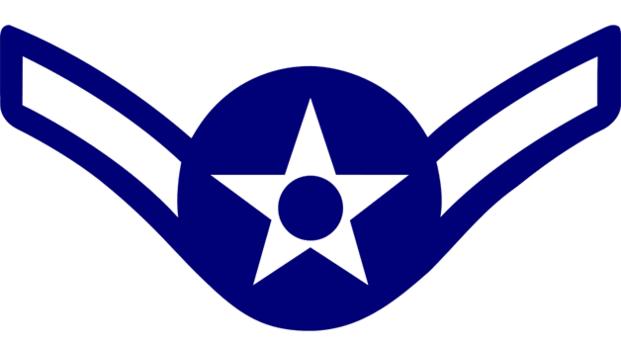
The rank of airman brings with it the responsibility of adjusting to the Air Force way of military life and becoming proficient in an Air Force career. In the Air Force, occupational specialties are officially called Air Force Specialty Codes (AFSCs). Upon leaving basic training, all airmen enter training at Air Force schools in their specialties, depending on their aptitudes and interests, and the needs of the Air Force.
Airman First Class (E-3)
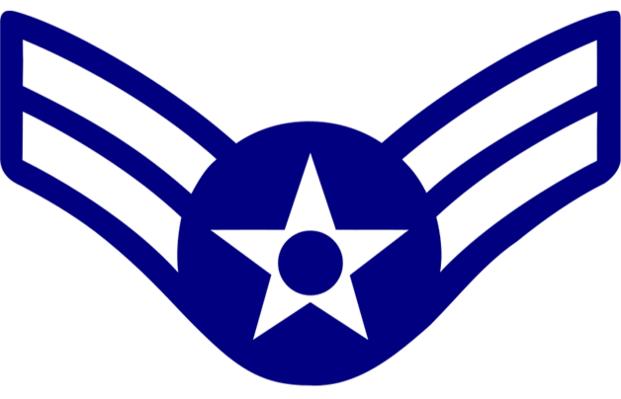
Airmen first class are considered to be fully adjusted to Air Force and military life, and their duties focus on carrying out their assignments efficiently and effectively while honing their job skills.
Airmen first class are assigned an increasing level of responsibility. An airman first class is expected to comply with Air Force standards and serve as a role model for subordinates. In addition, they are expected to start mastering their job and leadership skills.
Moving up the Air Force Ranks: The Air Force requires airmen basic ( E-2) to have at least 10 months' time in grade before they can be promoted to airman first class. There are no time in service (TIS) requirements for airman first class. An airman first class' role and responsibilities increase as their experience increases and they become journeymen and leaders. The average Air Force-wide, active-duty time for promotion to the rank of airman first class is 16 months.
Senior Airman (E-4)
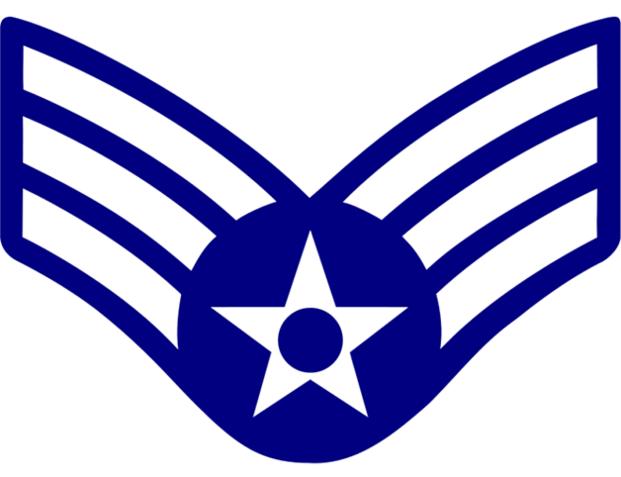
The rank of senior airman is a transition period from journeyman to NCO. It is essential that airmen develop supervisory and leadership skills through professional military experience (PME) and individual study. They are expected to conduct themselves in accordance with established standards, providing a positive influence and example for their subordinates and peers alike.
Senior airmen present the image of competence, integrity and pride.
Moving up the Air Force Ranks: The Air Force requires airmen first class to have 28 months' time in grade (TIG), or 36 months of TIS and 20 months of TIG. The average servicewide, active-duty time for advancement to the rank of senior airman is three years.
Exception to the Rule: Senior Airman (E-4) Below-the-Zone -- Air Force unit commanders are authorized to promote 15% of their exemplary airmen first class (E-3) to senior airmen (E-4) six months ahead of the normal TIS. The unit commander's decision is based primarily on a promotion board. Large units conduct the promotion boards "in-house" and select up to 15% for early promotion. Small units combine applicants into a pool and form a Central Base Board (CBB).
Air Force Ranks: Noncommissioned Officer (NCO) (E-5 and E-6)
Air Force enlisted members E-5 and E-6 are referred to as NCOs. Air Force NCOs are expected to exemplify personal integrity, loyalty, leadership, dedication and devotion to duty, including upholding Air Force policies, traditions and standards.
Air Force NCOs and senior NCOs are promoted based on the Weighted Airman Promotion System (WAPS). Airmen with the proper TIS/TIG/skill level and commander's recommendation compete for promotion based on their "WAPS Points" within their AFSC (Air Force Specialty Code).
The WAPS promotion points are derived from a system that gives points for the promotion fitness examination (PFE), specialty knowledge test (SKT), medals and awards, time in grade (TIG)/time in service (TIS) and performance evaluations.
Staff Sergeant (E-5)
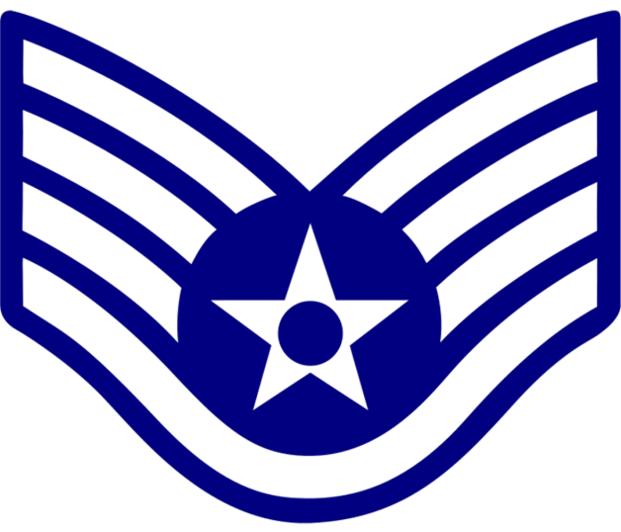
The staff sergeant (SSgt) is the first level of the NCO ranks in the Air Force. The staff sergeant is considered a craftsman with specific NCO supervisory responsibilities and may hold either a 5- (journeyman) or 7- (craftsman) skill level. Additionally, the staff sergeant must strive continuously to further their development as technicians and supervisors. The average Air Force-wide, active-duty time for promotion to the rank of staff sergeant is more than four years.
Moving up the Air Force Ranks: Promotion to staff sergeant requires three years of time in service (TIS) and six months of time in grade (TIG). In addition, airmen must achieve a 5-skill level, compete in WAPS and complete the Airman Leadership School in-residence before assuming the rank of staff sergeant.
Technical Sergeant (E-6)
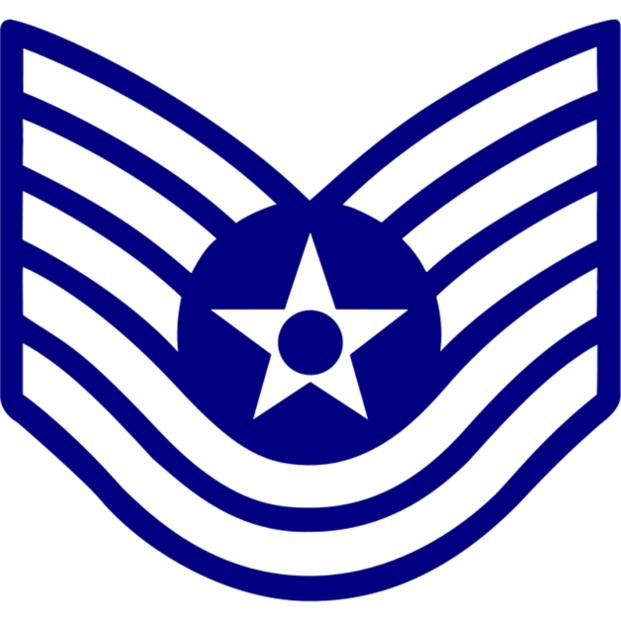
The technical sergeant (TSgt) is the second level of the NCO ranks in the Air Force. Technical sergeants are qualified to perform highly complex technical duties in addition to providing supervision. They're responsible for the career development of each subordinate under their supervision.
It is the tech sergeant's responsibility to ensure that all enlisted personnel have the tools, training and support they need to achieve maximum performance and accomplish total mission effectiveness. The average Air Force-wide, active-duty time for promotion to the rank of technical sergeant is 12 years.
Moving up the Air Force Ranks: The promotion process for tech sergeant is identical to the process for promotion to staff sergeant, except for the minimum requirements of five years of time in serve (TIS) and 23 months of time in grade (TIG), in addition to achieving a 7-skill level.
Air Force Senior Noncommissioned Officer (SNCO) Ranks (E-7 through E-9)
Air Force enlisted members E-7 and above are referred to as SNCOs. Air Force SNCOs are expected to set the highest standards of personal integrity, loyalty, leadership, dedication and devotion to duty, including upholding Air Force policies, traditions and standards.
Like the NCO ranks, senior NCOs are rated by their "skill levels." The following is a breakdown of the Air Force's SNCO required skill levels:
- 7-Level: Supervisor. Technical sergeant (E-6) to master sergeant (E-7)
- 9-Level: Manager. Skill-level assigned to E-8s and E-9s.
Master Sergeant (E-7)
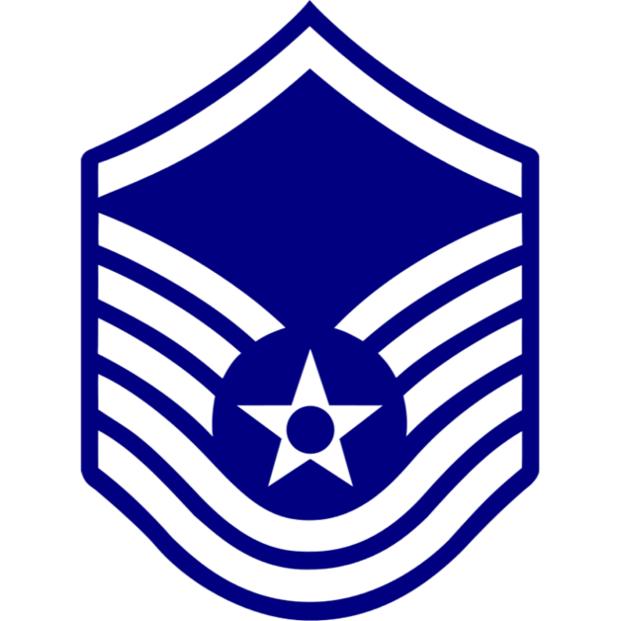
The master sergeant (MSgt) functions primarily as a craftsman while holding more advanced leadership positions. Master sergeants hold a 7-skill level. This rank carries significantly increased responsibilities and requires a broad technical and managerial perspective. The average servicewide, active-duty time for advancement to the rank of master sergeant is more than 17 years.
Moving up the Air Force Ranks: The promotion process for master sergeant is identical to the process for promotion to staff sergeant and technical sergeant, except for the minimum requirements: eight years' time-in-serve (TIS) and 24 months' time-in-grade (TIG) requirements, in addition to achieving a 7-skill level.
Senior Master Sergeant (E-8)
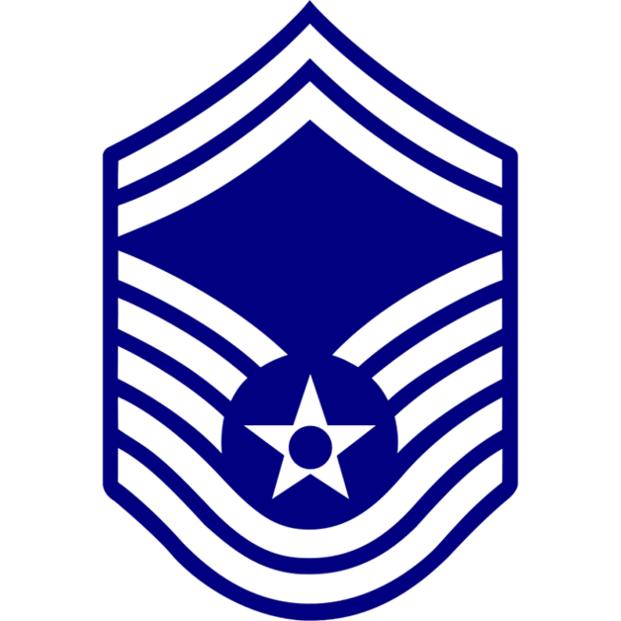
The senior master sergeant (SMSgt) is expected to perform as a superintendent or manager. Broad management skills are essential to exercising the responsibilities of the higher leadership positions in which senior master sergeants serve. The average servicewide, active-duty time for advancement to the rank of senior master sergeant is more than 20 years.
Moving up the Air Force Ranks: Because public law allows only 2% of the enlisted workforce to be in the grades of E-8, the senior master sergeant promotion system is highly competitive. Senior master sergeant and chief master sergeant promotions in the Air Force are made using both the WAPS points and a Central Evaluation Board that reviews promotion records. To be eligible for promotion, a master sergeant must have a minimum of 11 years' TIS and 20 months' TIG.
The biggest factor for senior master sergeant promotions is the Central Evaluation Board (CEB). Each year, once for senior master sergeant (January) and once for chief master sergeant (October), the Air Force convenes the CEB, consisting of several three-person panels. Each panel examines the promotion records for specific AFSCs (jobs).
This means that everyone within a given AFSC will have their records scored by the same panel. The panels examine the promotion records and score them by considering the following:
- Performance
- Professional competence
- Leadership
- Job responsibility
- Breadth of experience
- Specific achievements
- Education level
Chief Master Sergeant (E-9)
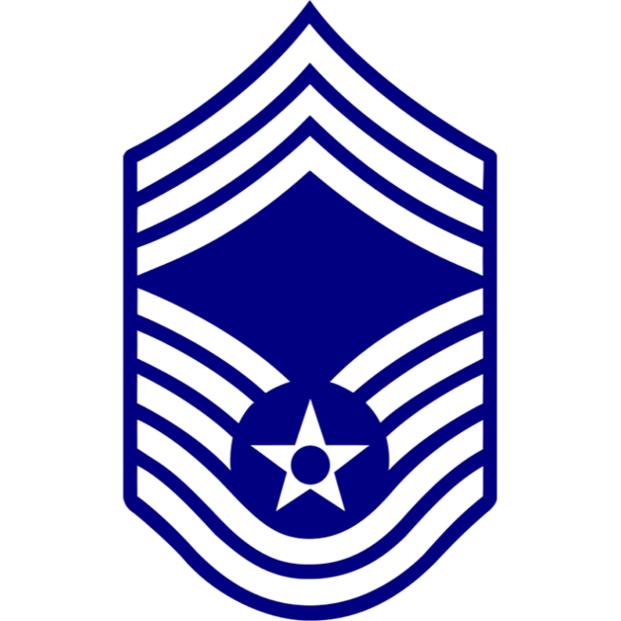
The rank of chief master sergeant is the highest Air Force enlisted rank, with the exception of the chief master sergeant of the Air Force. The CMSAF is a distinctive rank with special basic and retired pay rates set by law. Chief master sergeants serve as managers and superintendents, advisers, enlisted force managers and provide senior enlisted leadership. Following selection, chief master sergeants are assigned chief enlisted manager (CEM) codes and may fill any managerial-level position and perform all duties not prohibited by law or directive. The average service-wide, active-duty time for advancement to the rank of chief master sergeant is more than 22 years.
Command Chief Master Sergeant (E-9)

Command chief master sergeants serve as senior advisers to unit and base commanders. CMCs advise the commander on all enlisted matters, including all issues affecting the command's mission and operations, and the readiness, training, utilization, morale, technical and professional development, and quality of life of all enlisted members in the organization. Command chiefs are the functional managers for all SNCOs in their entire command/organization.
Moving up the Air Force Ranks: Only 1% of the Air Force enlisted personnel can hold the grade of E-9 at any one time. This makes the competition for CMSgt promotions extremely tight. Chief master sergeants -- the highest enlisted rank -- is often considered the hardest rank to achieve. Promotion to E-9 is highly competitive, because it's based not just on time in service and performance but also on selection board evaluations that weigh leadership, job performance and impact across the Air Force.
Chief master sergeant promotions in the Air Force are made using both the WAPS points and a Central Evaluation Board that reviews the individual's promotion record. To be eligible for promotion, a SMSgt must have a minimum of 14 years' TIS and 21 months' TIG.
Chief Master Sergeant of the Air Force
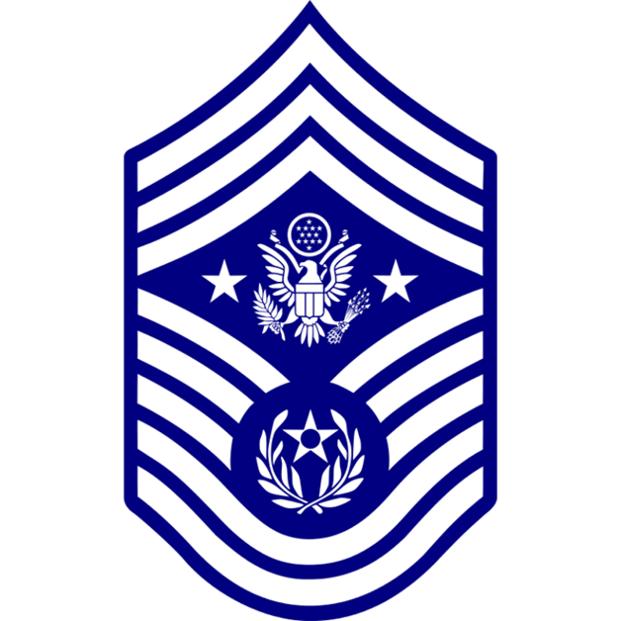
The chief master sergeant of the Air Force (CMSAF) is a unique noncommissioned rank in the United States Air Force. The holder of this rank and post represents the highest enlisted level of leadership in the Air Force and provides direction for the enlisted corps and represents their interests, as appropriate, to the American public, and to those in all levels of government.
The CMSAF is appointed by the Air Force chief of staff (AF/CC) and serves as the senior enlisted adviser to the Air Force chief of staff and the secretary of the Air Force on all issues regarding the welfare, readiness, morale, and proper utilization and progress of the enlisted force.
Air Force Commissioned Officer Ranks
Air Force commissioned officers are leaders who plan missions, manage resources and guide enlisted airmen to meet the service's operational goals. They're commissioned through the Air Force Academy, ROTC or Officer Training School.
Officer ranks follow a clear-cut structure, divided into three categories: company grade, field grade and general officers. Company grade officers range from O-1 to O-3. Next is field grade officers, in the O-4 to O-6 range, taking the helm of mid-level command. At the top of the hierarchy are general officers, O-7 and above, who oversee strategy.
Air Force Officer Ranks: Company Grade
Second Lieutenant (2nd Lt)(O-1)

The rank of second lieutenant is shown through a single gold bar. Proper forms of address include second lieutenant or lieutenant. Commissioned airmen sometimes may skip this rank.
First Lieutenant (1st Lt)(O-2)
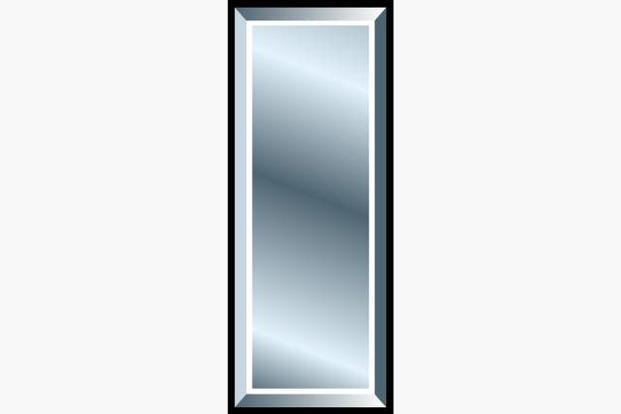
First lieutenants have roughly the same responsibilities as a second lieutenant, but receive higher pay and are given more responsibility.
Captain (Capt)(O-3)
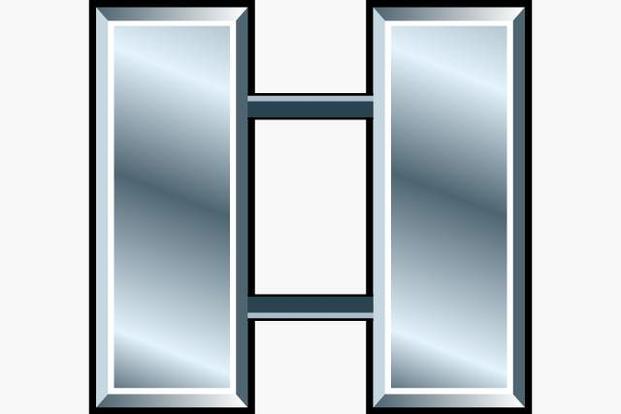
Captains typically are assigned to and have authority over a flight. In such a position, they are referred to as the flight commander.
Air Force Field Grade Officers
Major (Maj)(O-4)

A junior field officer rank, majors in the Air Force often operate as main staff officers on brigade-sized forces.
Lieutenant Colonel (Lt Col)(O-5)
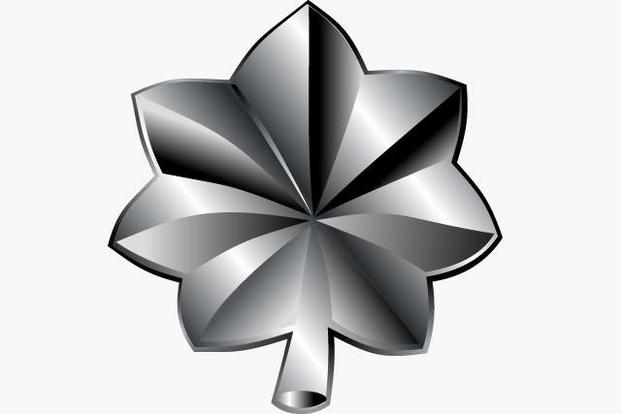
The 21st rank in the U.S. Air Force, a lieutenant colonel is responsible for commanding a medical or support group, a squadron or directing ops in the operations group.
Colonel (Col)(O-6)
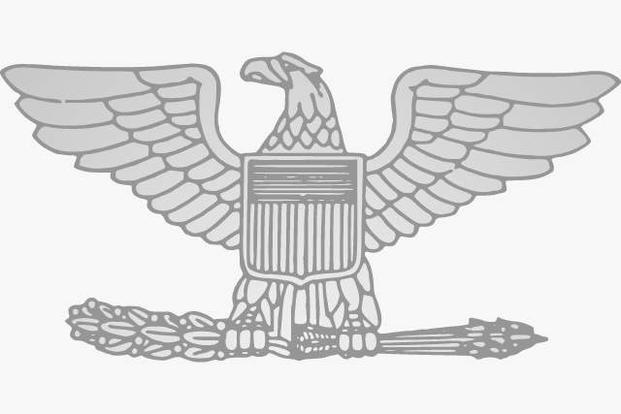
Colonels in the Air Force serve in a number of different roles. Some command elements of a wing while others serve as heads of staff in different Air Force staff agencies.
Air Force Officer Ranks: General Officers
Brigadier General (Brig Gen)(O-7)

Becoming a brigadier general is an arduous process. It begins with a board of general officers creating a list of candidates and ends with the president choosing those to be promoted from that pool. Brigadier generals must retire after 30 years of service or after five years in their rank.
Major General (Maj Gen)(O-8)

A two-star rank in the Air Force, the promotion to major general is mostly similar to the process in becoming a brigadier general.
Lieutenant General (Lt Gen)(O-9)

Lieutenant generals are picked by the president from the existing pool of Air Force general officers.
General (Gen)(O-10)

The four-star position typically commands major areas of responsibility and holds the highest military positions in the Pentagon.
Air Force Rank and Insignia
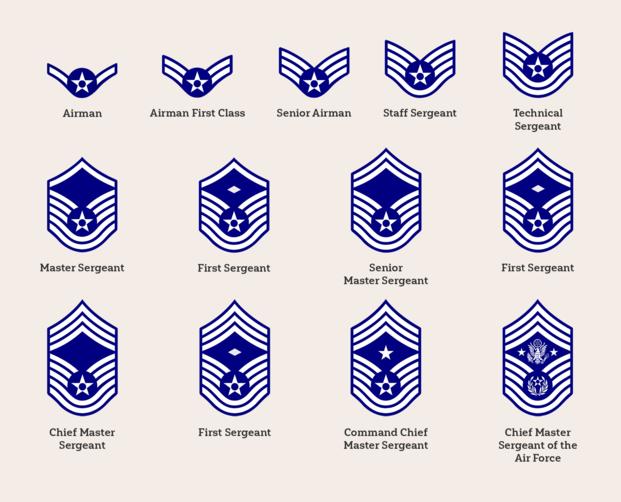
Enlisted Air Force Ranks
- E-1 -- Airman Basic (AB)
- E-2 -- Airman (Amn)
- E-3 -- Airman First Class (A1C)
- E-4 -- Senior Airman (SrA)
- E-5 -- Staff Sergeant (SSgt)
- E-6 -- Technical Sergeant (TSgt)
- E-7 -- Master Sergeant (MSgt)
- E-8 -- Senior Master Sergeant (SMSgt)
- E-9 -- Chief Master Sergeant (CMSgt)
- E-9S -- Command Chief Master Sergeant (CCM)
- E-9S -- Chief Master Sergeant of the Air Force (CMSAF)
Commissioned Officer Ranks
- O-1 -- Second Lieutenant (2d Lt)
- O-2 -- First Lieutenant (1st Lt)
- O-3 -- Captain (Capt)
- O-4 -- Major (Maj)
- O-5 -- Lieutenant Colonel (Lt Col)
- O-6 -- Colonel (Col)
- O-7 -- Brigadier General (Brig Gen)
- O-8 -- Major General (Maj Gen)
- O-9 -- Lieutenant General (Lt Gen)
- O-10 -- General (Gen)
- O-11 -- General of the Air Force (GAF)
How Promotions Work in the Air Force
For enlisted airmen, early promotions come relatively quickly. An airman basic (E-1) is eligible for promotion to airman (E-2) within six months. Promotion to airman first class (E-3) can happen after 10 months; and to senior airman (E-4) in 18-24 months. Promotion to the first NCO rank, staff sergeant (E-5), happens around the 4-year mark, but from there, each rank becomes more competitive. It may take about six years to become a technical sergeant (E-6), eight years for master sergeant (E-7) and 11-14 years or more for the top enlisted ranks (E-8/E-9).
For officers, second lieutenant (O-1) to first lieutenant (O-2) is eligible in two years. Promotion to captain (O-3) can happen after another two years. Promotions above this level typically happen at 10-20 years or more of service, though these higher ranks depend on selection boards and are highly competitive.
Interested in Joining the Military?
We can put you in touch with recruiters from the different military branches. Learn about the benefits of serving your country, paying for school, military career paths, and more: sign up now and hear from a recruiter near you.
















